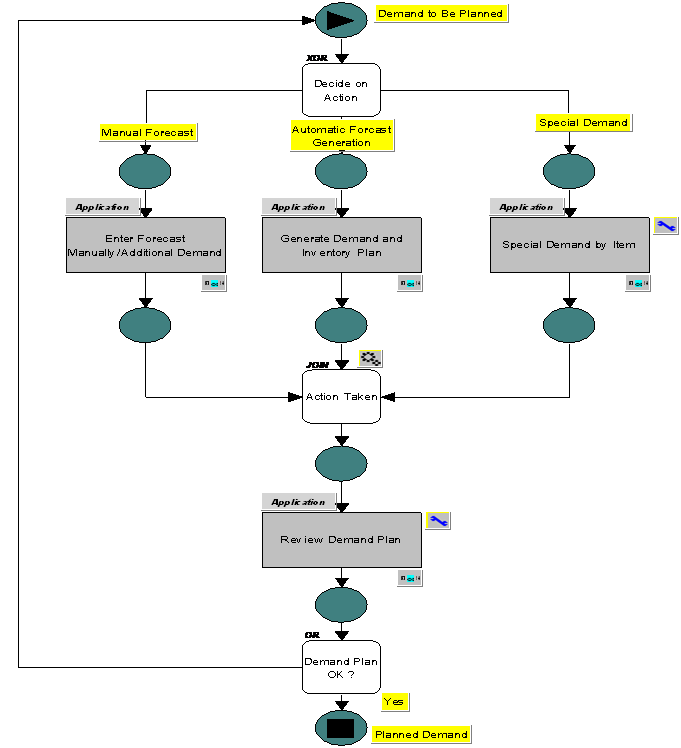ERP Service Module – Call Handling and Service Orders Control
April 3, 2025
 ERP Service Module – Call Handling and Service Orders Control
ERP Service Module – Call Handling and Service Orders Control
Call Handling Proper operation of a help desk is an essential component of proper servicing and resolution of problems. Service module of an ERP system assists organization to respond promptly both in respect of internal and external customers and gain valuable management data which helps in retaining customers as well as improve internal operation of…
 Why are Companies Constantly Upgrading their ERP Systems?
Why are Companies Constantly Upgrading their ERP Systems?
Enterprise Resource Planning (ERP) is the lifeblood of any business today. Any business, be it a medium scale enterprise or a multinational corporation relies extensively on the use of Enterprise Resource planning systems. This is the reason why these systems tend to be very expensive. There are mega-corporations like SAP and Oracle, which make billions…
 Turbo Charging ERP with BI and CPM
Turbo Charging ERP with BI and CPM
Business Intelligence (BI) – An ERP product provides hundreds of standard reports, generated weekly or monthly or year end basis which acted as a hardcopy dashboards within the organization. In order to improve report generation functionality, an ERP system provides various report writing tools (such as crystal report writer, safari report writer) as well as…
Demand Planning: The objective of this function is to create a demand plan, based on historical sales data. The demand plan resulting from this function is the starting point for Supply Planning. The demand plan contains forecasted demand for an item, using standard forecasting methods. If the past data is inappropriate or insufficient, the forecast is entered manually.
As a rule, the demand plan is gradually filled in (consumed) by actual customer orders. Dependent demand (resulting from the explosion of requirements for manufactured or distributed items) are also be used to consume the demand plan.
Procedure for demand planning - as explained in the following diagram:

As may be seen from the above, there are three options to generate the demand for an item/range of items.
Next step of demand planning is Master-based planning which is largely comparable to traditional Master Production Scheduling functionality. Master based planning is a time-phased planning concept where demand, supply, and inventory for an item are maintained over a planning horizon which is divided into time buckets or plan periods. The length of these plan periods can vary. Periods with a fixed length throughout the planning horizon can be used, but it is also possible to use shorter periods (for example, days or weeks) for the immediate future and longer periods (for example, months) for longer-term planning. The time-phased demand, supply, and inventory information for an item is generated through master based planning:.
For the supply plan, three sources of supply are used: production, purchase, and distribution (from another warehouse location in the same company or from a related company).
Master planning algorithms: For master-based production planning, two different planning algorithms are available:
Time Fence: The date until which an item’s supply plan and planned orders are frozen. The time fence is expressed as a number of working days from the date the simulation is carried out. The time fence is meant to prevent:
Planning Horizon: Time period for which Enterprise Planning maintains planning data for an item. The planning horizon is expressed as a number of working days from the date the simulation for future demand is carried out. Enterprise Planning does not generate supply plans or planned orders beyond an item’s planning horizon.
Your email address will not be published. Required fields are marked *